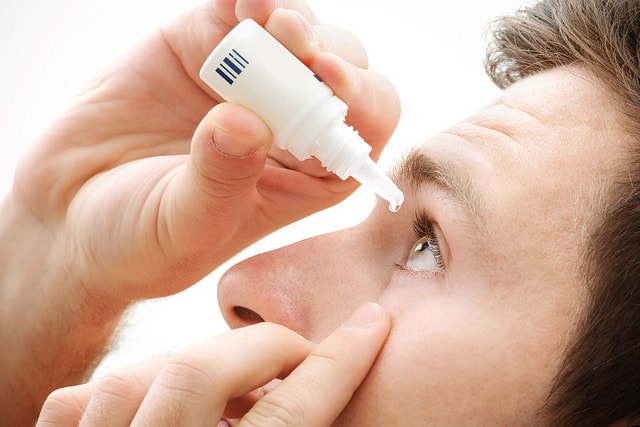Can you use eye drops to cure cataracts?
Cataracts develop to some degree in everyone if they live long enough. The normal lens inside our eye is clear and is made up of proteins that are cleverly aligned to allow light to pass through. With ageing, these proteins become disrupted and their ability to form a clear structure becomes worse. The result is a misting of the lens and hazy vision.
The only proven effective treatment for cataracts is surgical removal i.e. removing the lens whole and replacing it with an artificial clear lens. This technique is one of the most successful operations we do in medicine today.
There has always been interest in developing other treatments for cataracts. One area of interest is using eye-drops to dissolve cataracts before they become too misty and affect vision.
In the last few weeks there have been many media articles on a piece of research that was published in the journal Nature reporting on the effect of a drug called lanosterol and its ability to dissolve cataracts (1).
This piece of research is very interesting but we should keep it in perspective. Firstly the study was performed in animal models and not in human trials. It did indeed show that lanosterol was effective in reducing protein aggregation in cataract in rabbit lenses (in vitro) and in dog lenses (in vivo).
Like most research however it throws up more questions than answers
- Is the drug safe? This is the single most important question to answer. We do not have the answers to state whether it is safe to use in humans. This will take many years of research and further long-term human trials.
- Is this effect likely to be reproduced in humans? There are many examples of medicines that work in animal models and not humans. We will have to await human trials to know the answer and this will take several years.
- If eye drops were ever effective, when would you start to use them? This is an interesting ethical question and any potential medical treatment for cataracts is likely to be more effective if given earlier in life if the cataracts are mild.
- The reason why eye drops have been ineffective in the past to treat cataracts is that it is difficult to get the medicine to the lens. There are many structures in the eye that the medicine needs to get past without damaging them to target the lens. The drugs that are effective tend to be large molecules which are have been proven to be difficult to get past the eye’s internal structures to act on the lens.
- Why use eye drops when private cataract surgery is already a very effective and safe procedure? There seems little point in developing a drug to treat a condition that already has a very effective treatment.
- It has been shown that patients are not great at putting eye drops in effectively and consistently (known as compliance). Even if eye drops were developed it would be remarkable and unrealistic to see the same cure rate as cataract surgery, which is currently 98%.
- Eye drops tend to have troublesome side effects such as allergy and dry eye. These side effects are likely to be more common with long-term use. Patients tend to stop using drops if they can’t tolerate them.
- Cataract surgery is a one-off procedure with a high cure rate making it a very cost effective treatment. Eye drops are likely to be an ongoing treatment with ongoing costs making it a less cost effective treatment.
Eye drops to cure cataracts is an interesting concept and the publication of the recent paper on lanosterol is exciting. However, we must wait for human trials and be realistic about the limitations of eye drops as a treatment for eye diseases. It sounds like a quick fix but in reality there are many problems associated with eye drops treatment.
Thankfully cataracts can be cured effectively with surgery with excellent results.


![Five Facts about Toric Intra-ocular Lenses [Infographic]](https://jaheedkhan.co.uk/wp-content/uploads/2016/12/jk-toric-lenses-500x383.jpg)

The lanosterol study was done using both I injections and eye drops at the same time so even if the results were true it would indicate you need lanosterol injections and not the drops, in fact since lanosterol has been on sale there have been no cataracts cured. Lanosterol eye drops are a scam and I would request Dr Khan to warn the public as such.